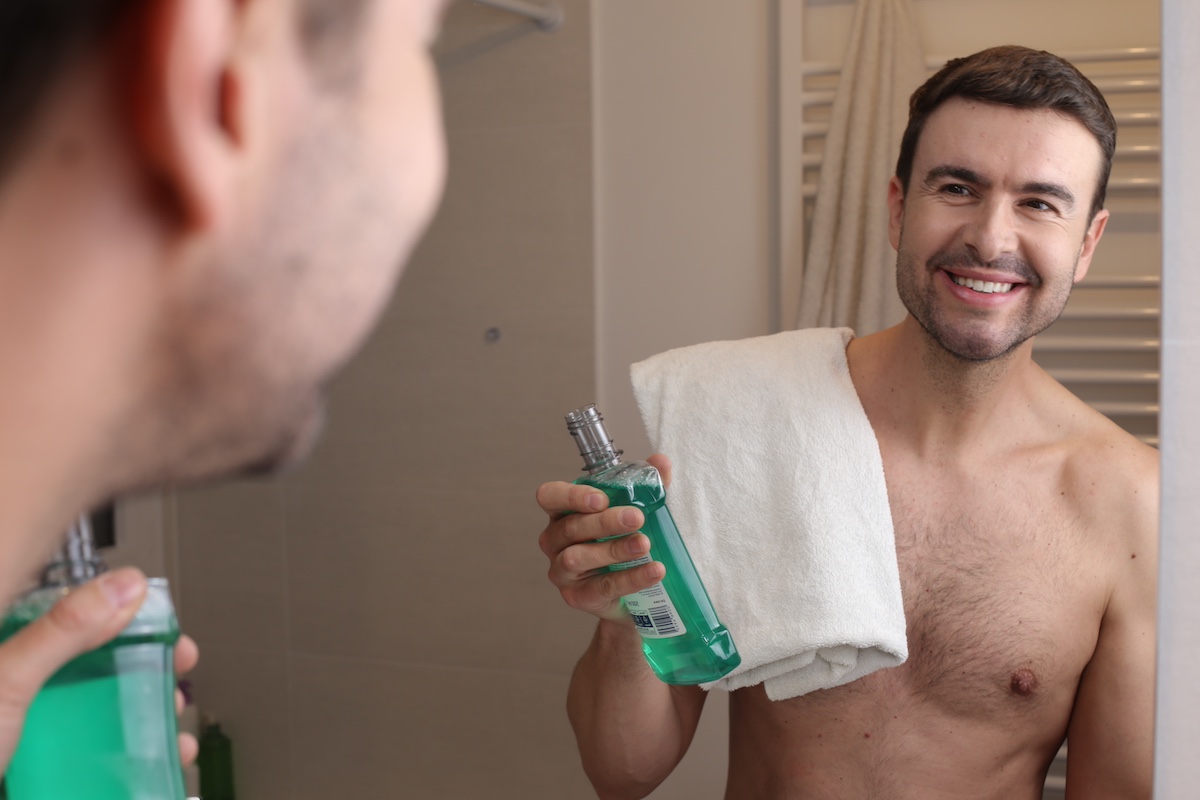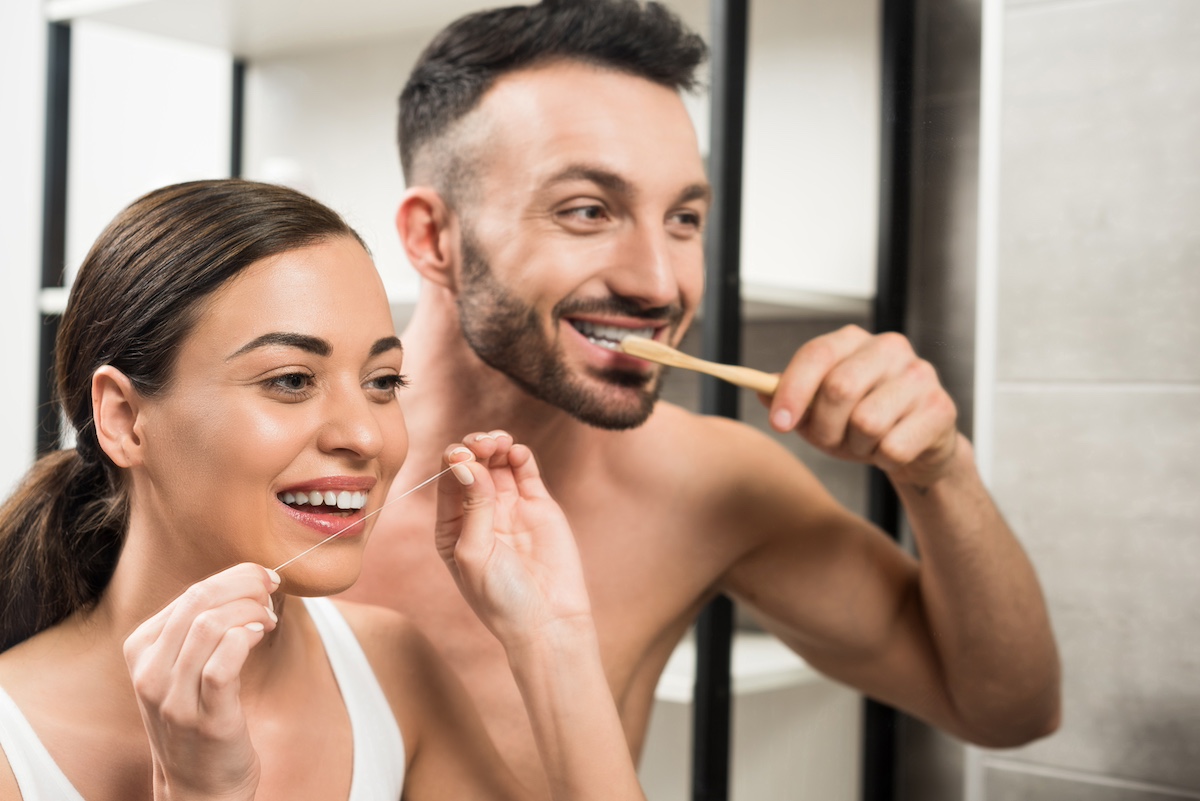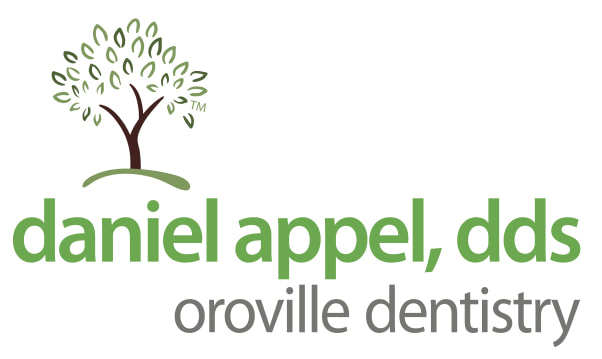Proper oral hygiene is the cornerstone of a healthy, confident smile. As dental professionals, we understand the intricate world of oral health, and we’re here to guide you through the best practices and instructions for building a robust oral hygiene routine. Let’s dive in!
Understanding the Oral Microbiome
The oral microbiome is a fascinating and complex ecosystem residing within your mouth. This microbial community comprises an array of bacteria, fungi, and viruses — all living in a dynamic balance. Understanding this balance is critical for maintaining good oral health. The beneficial bacteria in your oral microbiome are crucial in preventing harmful microorganisms from causing dental problems. However, an imbalance can lead to issues like tooth decay, gum disease, and bad breath.
When we talk about oral hygiene, we’re not just talking about brushing and flossing. We’re talking about nurturing this microbial metropolis. Consider it an intricate dance of microorganisms that you must harmonize through your daily routines.
THE FOUR MOST IMPORTANT STEPS TO ACHIEVING CLEAN TEETH
Complete these steps in this exact order to achieve the ideal cleaning process:
1) CLEAN YOUR TONGUE
Cleaning your tongue is a well-kept secret that holds the key to fresh breath. Your tongue can be a harbor for bacteria and odor-causing compounds.
The ideal tool for this job is a Tongue Scraper. They are easy to find at your local drug store or online.
Place the scraper as far back as you can reach, and then with light pressure pull the scraper forward across your tongue’s surface to remove bacteria and residue. You'll be amazed/horrified at what is hiding in the crevices and folds of your tongue!!!
By doing this, you're removing bacteria and old trapped food debris. This will dramatically freshen your breath and remove a food source the bacteria have been thriving on. It will also enhance your taste buds’ sensitivity and contribute to overall oral health by decreasing how much harmful bacteria is introduced to your system.
2) FLOSS! ALWAYS FLOSS!!!
It's no ones favorite thing to do. We know. But it is also CRITICAL if you want to keep your teeth.
The good news is you don't have to floss all of your teeth! Just look in the mirror, pick the ones you want to keep, and floss those ones! A lot! It may sound silly, but it is 100% true.
Brushing does a wonderful job of cleaning the outer surfaces of our teeth, but the ONLY thing that removes the bacteria and food debris from between our teeth is flossing. And no, water picks are NOT as good as flossing when it comes to removing bacterial debris from the teeth.
So why are we doing this BEFORE we brush? Because it is impossible for fluoride (the VERY safe hardening chemical in toothpaste) to get between your teeth and strengthen the teeth if there is a food/bacteria debris plug still sitting between the teeth.
To floss effectively, use approximately 18 inches of dental floss. Gently slide it between your teeth, forming a C-shape around each tooth, and then scrub up and down the sides of the tooth at least 3-4 times to remove the bacterial sludge (plaque) and food debris.
3) SWISH WITH A MOUTH RINSE
Swishing and gargling with a mouth-rinse at this stage will help remove all the bacteria, plaque and food debris you've freed from the teeth, gums and tongue in the first two steps.
Ideally you would be using a mouth rinse with "phenolic oils" which have a proven anti-bacterial action. Listerine, in my opinion, is the best (135 years worth of scientific data). And No, I have no connection or renumeration from them. This stuff just works.

4) BRUSH YOUR TEETH
Your toothbrush MUST be a soft bristled brush. Medium and Hard bristles may feel like they are getting the job done faster, but they are also traumatizing your gum tissue. This leads to recession, exposure of softer root surfaces, root erosion, and on and on. Its a chain of destruction you don't want. Stick to the soft bristles.
Your toothpaste should ABSOLUTELY contain fluoride. Decades and decades of consistent research have clearly shown that if used as directed, Fluoride is extremely safe and EXTREMELY advantageous to the long-term health of your teeth. An army of well meaning armchair experts will claim otherwise, but the data clearly and overwhelmingly favors the safety and use of Fluoride. Use it.
Your brushing technique is where choreography comes into play. Circular motions are your go-to moves. Imagine your toothbrush as a gentle masseur, soothing each tooth’s surface. Spend at least 2-3 seconds gently cleaning each surface on each tooth. This means 2-3 seconds on the tongue side, 2-3 seconds on the chewing surface, and 2-3 seconds on the lip/cheek side. For each tooth. This is what it takes to keep those teeth clean and beautiful!
Experts recommend brushing at least twice daily for at least two minutes each time. By adhering to this rhythm, you’re on your way to a cleaner and healthier oral environment.
CHECK HOW WELL YOU ARE CLEANING YOUR TEETH
Your dentist can supply with a 'disclosing tablet'. This tablet is a WONDERFUL way to check and see if you are actually getting your teeth clean.
How does it work? After you've completed the 4 steps you will crush and swish one of the tablets in your mouth. You will then spit everything out in the sink. (Side note - be careful when you spit, this is a specialized dye and it will NOT come out of your clothing). This dye selectively colors any plaque you have missed while trying to clean your teeth a lovely pink/purple color.
Now you have a very clear picture of where you missed any plaque. Simply use your floss and toothbrush to remove the rest of the dyed plaque, and now you know where to work harder next time!
Dietary Choices and Oral Health
What you consume plays a substantial role in your oral hygiene. Foods rich in sugar and acid act like corrosive agents on your teeth. They gradually erode your enamel and mouth vulnerable to harmful invaders.
On the flip side, certain foods act as natural toothbrushes and promote oral health. Imagine crisp, crunchy fruits and vegetables like apples, celery, and carrots as your mouth’s cleaning crew. Their fibrous texture stimulates saliva production, which serves as a natural defense mechanism against bacterial attacks. A well-balanced diet is the foundation for a thriving oral microbiome.
The Role of Water
Water is another key component of oral health because staying hydrated ensures your mouth produces an adequate amount of saliva. Saliva helps neutralize acids, fight off bacteria, and protect your teeth. So, the next time you reach for a glass of water, remember it’s not just hydrating your body. It’s fortifying your oral defenses.
Regular Dental Check-Ups
While maintaining an excellent at-home oral care routine is crucial, it’s equally important to enlist the expertise of dental professionals. Your dentist will examine your mouth for signs of trouble, clean your teeth and gums, and perform other services as needed. These biannual visits can save you from more significant problems down the road, so don’t skip them. They are your insurance policy for a healthy smile.
Oral Hygiene for Different Age Groups
Oral care is not a one-size-fits-all affair, and it evolves as you age. For children, it’s about instilling good habits and preventing cavities. Adults need to maintain their oral health and deal with life’s wear and tear, while seniors face unique challenges related to aging.
Each life stage has concerns and solutions, and customizing your routine ensures optimal results. Your dentist will help you determine what practices and services are most suitable throughout your life.
Oral Care for Special Cases
Special cases, such as braces, dentures, and dental implants, require special attention. Each of them comes with its own requirements, and it’s important to follow your dentist’s advice to maintain oral health while accommodating these special circumstances.
For instance, if you have braces, you’ll need to be meticulous in cleaning and ensure that no food particles get trapped in the brackets and wires. If you have dentures, understanding how to clean and care for them is essential for maintaining your oral and overall health.
Building a Routine and Staying Consistent

Building a routine is akin to choreographing your oral hygiene dance. Select the right tools, master the steps and practice them consistently. Like a dedicated dancer, you’ll see progress and improvements over time.
Closing Thoughts
Maintaining your oral hygiene routine is an intricate dance of balance and consistency. By understanding the nuances of the oral microbiome and following these best practices and instructions, you can safeguard your smile and nurture your overall health. Embrace the power of good oral hygiene, and your mouth will thank you, as will your entire body.

